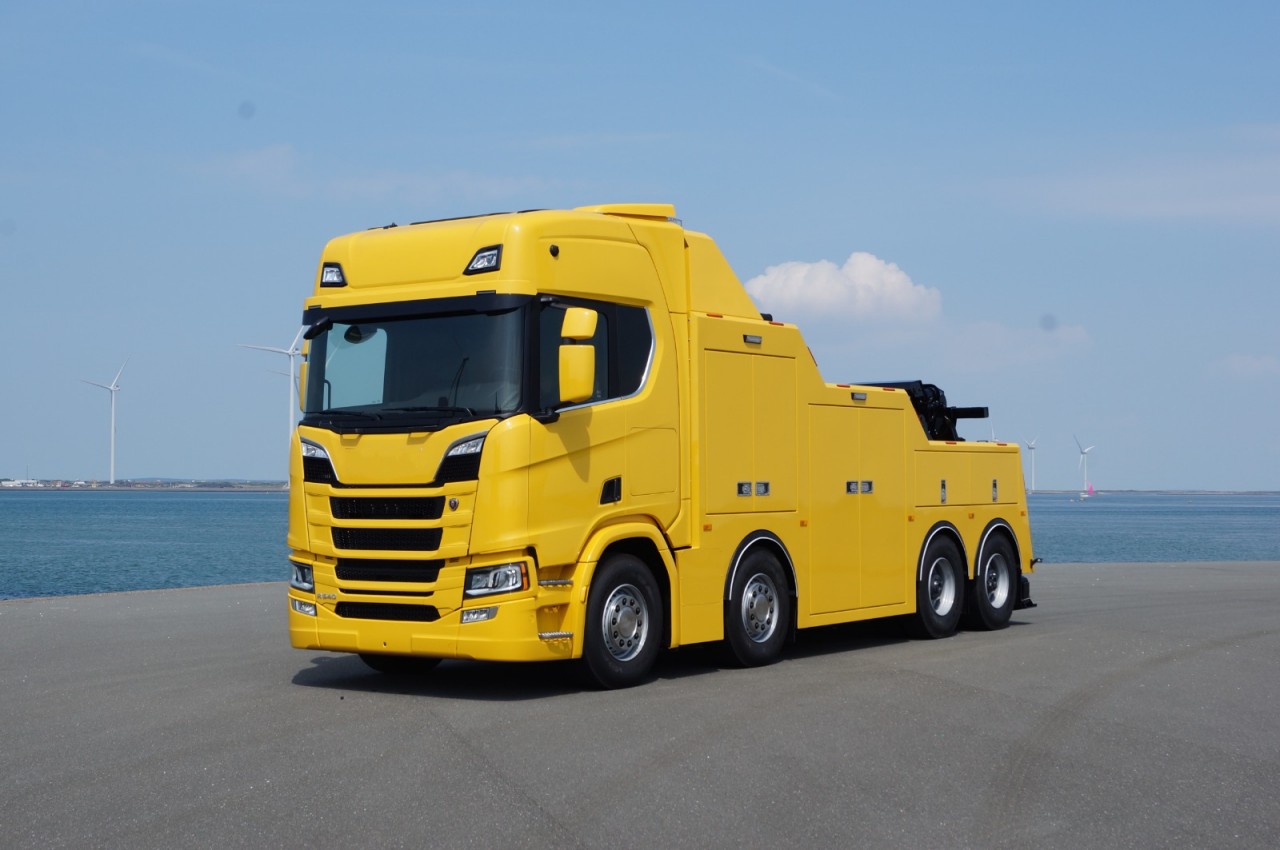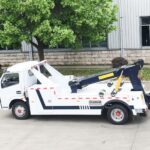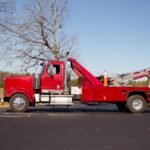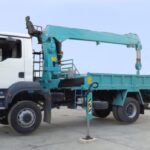In the world of automotive transportation, unforeseen circumstances can arise at any moment, leaving vehicles immobilized and stranded on the side of the road. Whether due to mechanical failure, accidents, or other emergencies, the need for efficient vehicle retrieval is paramount. This is where recovery trucks come into play. These specialized vehicles are designed to transport disabled vehicles to a desired location safely and effectively. In this article, we will explore the essential features of a recovery truck that contribute to efficient vehicle retrieval.
1. Robust Towing Capacity:
One of the primary features of a recovery truck is its towing capacity. Recovery trucks should be equipped with powerful engines and heavy-duty towing systems capable of handling a wide range of vehicle weights and sizes. A high towing capacity ensures that the recovery truck can safely and effectively transport different types of vehicles, from compact cars to larger commercial vehicles.
2. Winching Mechanism:
A winching mechanism is an indispensable feature of a recovery truck. It allows operators to pull disabled vehicles onto the recovery truck‘s bed or lift them off the ground in case of rollovers or other accidents. The winching mechanism should be durable, reliable, and able to withstand heavy loads. Additionally, it should be equipped with proper safety features to ensure the smooth and secure operation of vehicle recovery.
3. Versatile Bed Configurations:
Recovery trucks often come with various bed configurations to accommodate different types of vehicles. Flatbeds are the most common type, providing a level surface for easy loading and unloading. However, some recovery trucks may have specialized beds, such as wheel lifts or integrated towing booms, designed to handle specific situations. The versatility of bed configurations allows recovery trucks to adapt to different recovery scenarios efficiently.
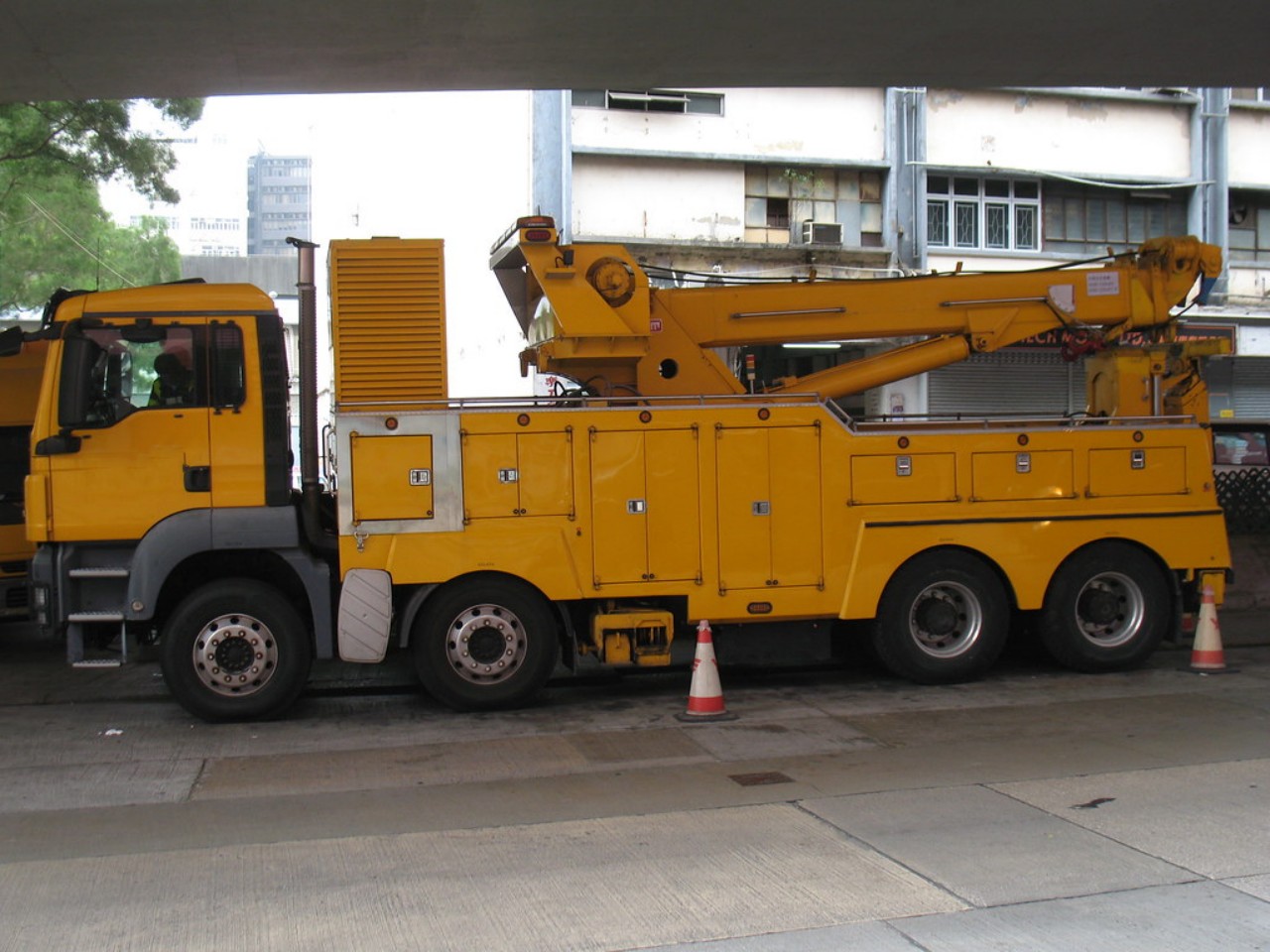
4. Stabilization Systems:
To ensure the safe and stable transportation of disabled vehicles, recovery trucks should be equipped with effective stabilization systems. These systems prevent excessive movement and shifting of the loaded vehicles during transport. Features such as adjustable straps, wheel chocks, and automatic locking mechanisms contribute to secure and stable vehicle retrieval.
5. Integrated Lighting and Signage:
Visibility is crucial during vehicle retrieval operations, especially when working in low-light conditions or on busy roadways. Recovery trucks should be equipped with high-quality integrated lighting systems, including roof-mounted beacons, warning lights, and strobes. Clear and prominent signage indicating “Recovery Vehicle” or “Tow Truck” helps alert other drivers to the presence of the recovery truck and ensures the safety of everyone involved.
6. Enhanced Maneuverability:
Efficiency in vehicle retrieval operations is greatly influenced by the recovery truck‘s maneuverability. Recovery trucks should have a compact design and responsive steering, allowing operators to navigate narrow streets, crowded areas, and tight corners with ease. Additionally, features such as rearview cameras and proximity sensors contribute to improved maneuverability and prevent accidents during operation.
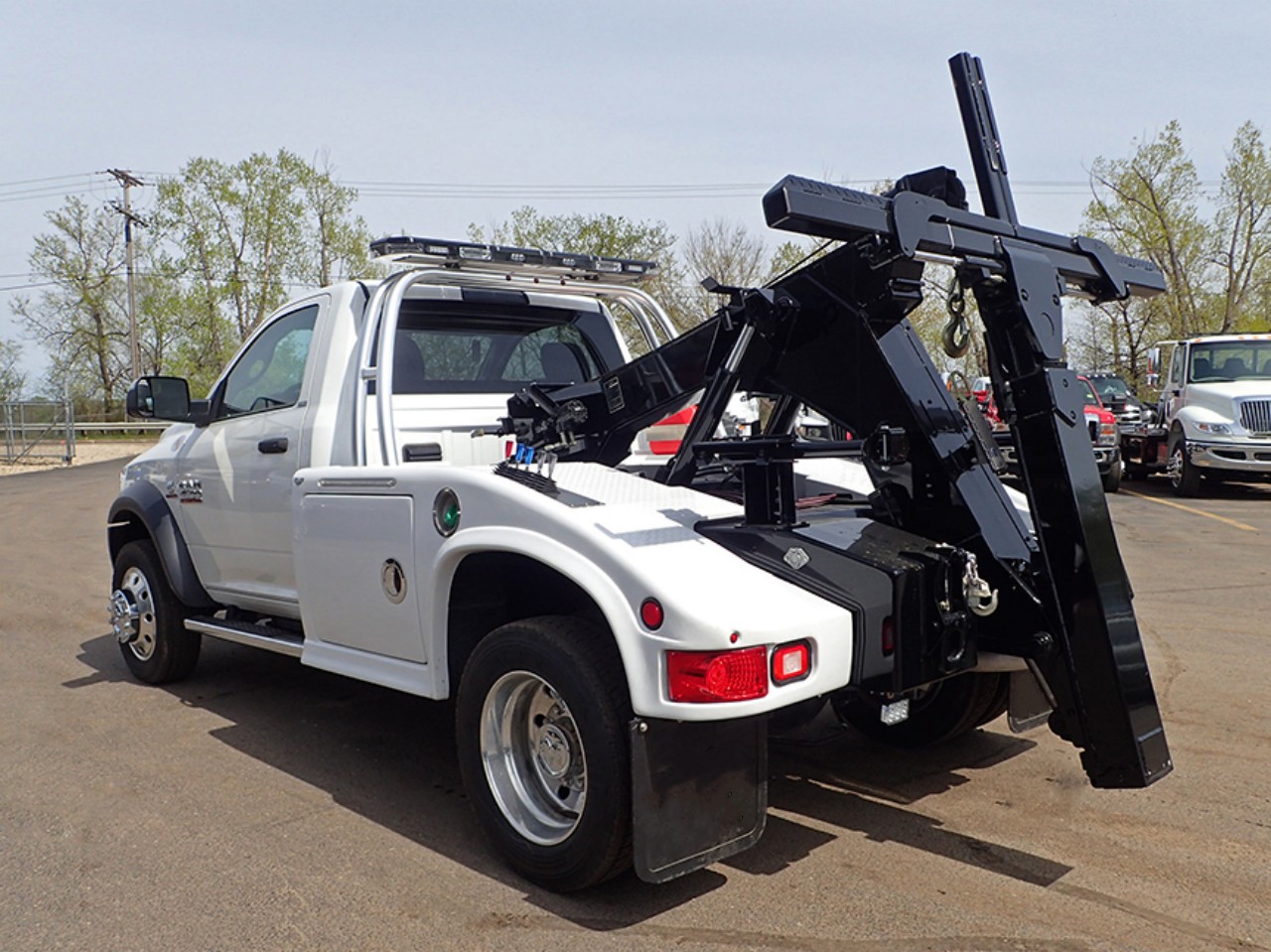
7. Advanced Safety Features:
Safety is paramount when it comes to recovery truck operations. These vehicles should be equipped with advanced safety features, such as anti-lock braking systems (ABS), stability control, and traction control. Additionally, recovery trucks should have a sturdy construction and reinforced frames to withstand the forces exerted during towing and recovery activities.
8. Onboard Tool and Equipment Storage:
Efficient vehicle retrieval requires access to a variety of tools and equipment. Recovery trucks should have ample onboard storage compartments for storing essential tools, such as wrenches, cables, straps, and hydraulic equipment. Having all the necessary equipment readily available saves time and ensures that operators are prepared for any situation they may encounter.
9. Communication Systems:
Effective communication is vital during vehicle retrieval operations, especially when coordinating with other stakeholders, such as law enforcement, towing dispatch, or stranded vehicle owners. Recovery trucks should be equipped with reliable communication systems, such as two-way radios or mobile data terminals. These systems enable seamless communication between the recovery truck operator and other parties involved, ensuring efficient coordination and timely updates throughout the retrieval process.
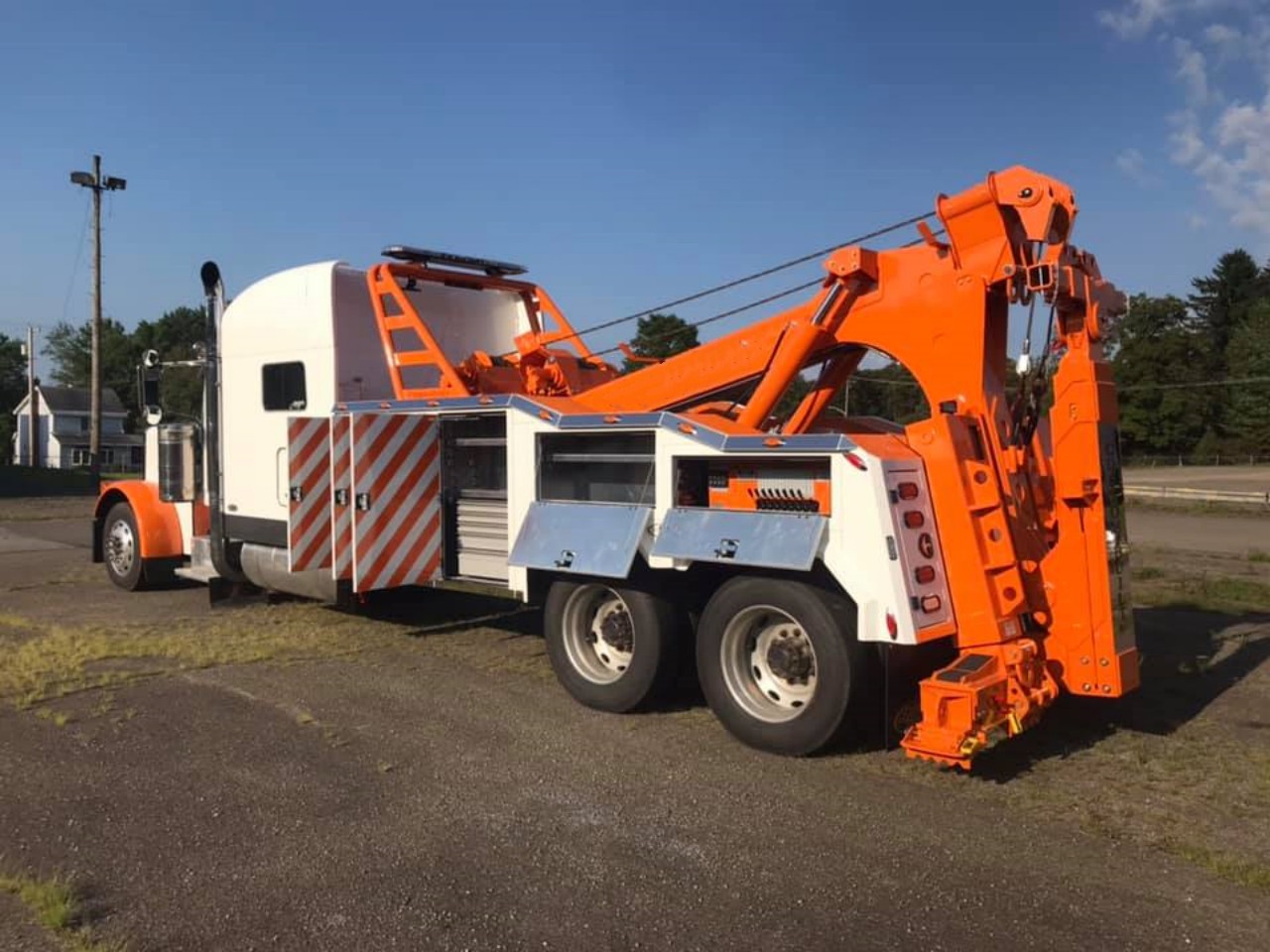
10. GPS Navigation:
A recovery truck should be equipped with a reliable GPS navigation system. This feature helps operators locate the disabled vehicle’s position quickly and accurately, plan the most efficient route to the destination, and avoid traffic congestion. GPS navigation systems also provide real-time traffic updates and alternative routes, further enhancing the efficiency of vehicle retrieval operations.
11. Adequate Payload Capacity:
In addition to towing capacity, recovery trucks should have sufficient payload capacity to accommodate the weight of additional equipment, such as winches, tools, and spare tires. It is essential to consider the combined weight of the loaded vehicle and the equipment to ensure safe and efficient operation.
12. Maintenance and Serviceability:
To maintain efficiency and reliability, recovery trucks should be designed for ease of maintenance and serviceability. Accessible engine compartments, easily replaceable parts, and standardized components contribute to minimizing downtime during maintenance and repairs. Regular servicing and inspections help ensure that the recovery truck remains in optimal condition for efficient vehicle retrieval operations.
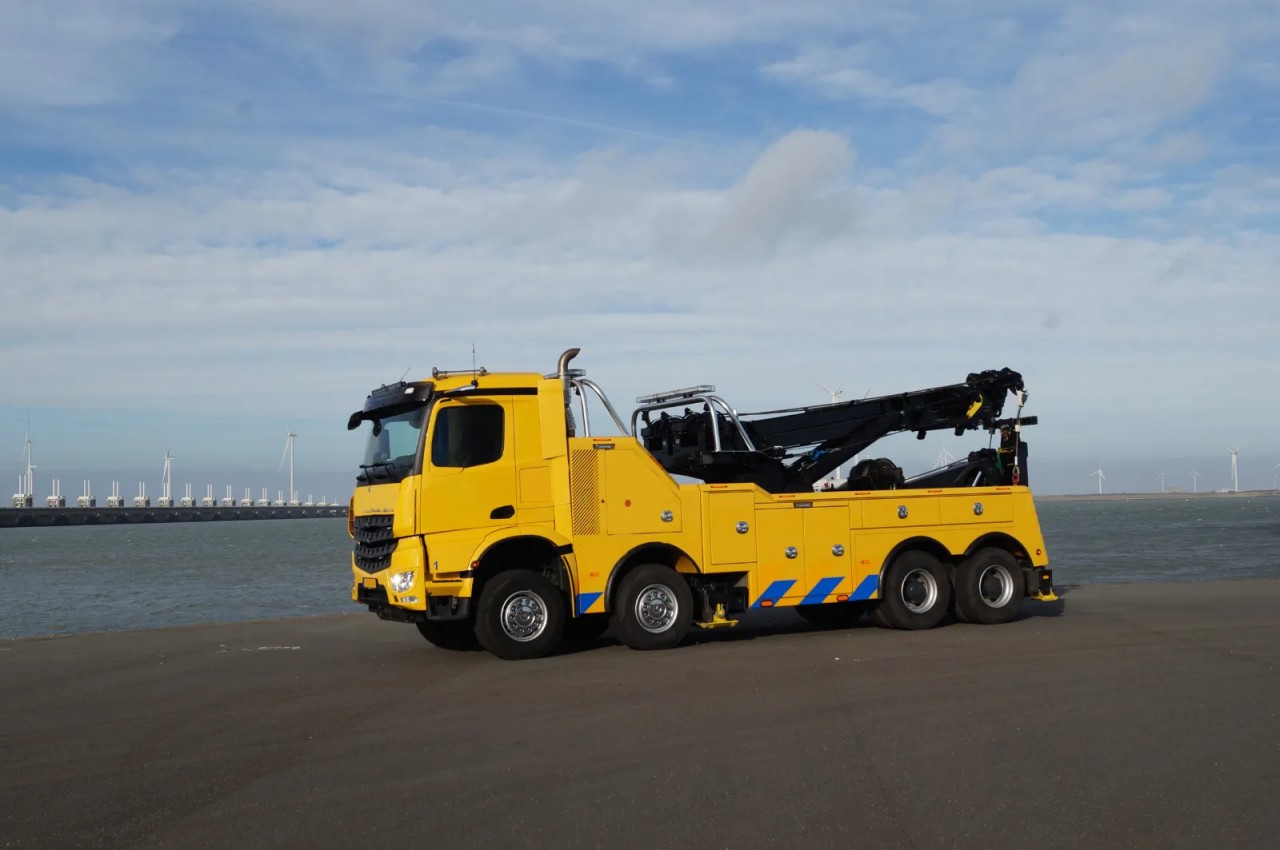
13. Driver Comfort and Ergonomics:
Considering the demanding nature of recovery truck operations, it is important to prioritize driver comfort and ergonomics. Comfortable seating, adjustable controls, and adequate legroom reduce driver fatigue and contribute to enhanced concentration and alertness. Well-designed ergonomics, such as conveniently placed controls and intuitive interfaces, enable the efficient operation of the recovery truck and its equipment.
14. Environmental Considerations:
In today’s environmentally conscious world, recovery trucks should also incorporate environmental considerations. Integration of fuel-efficient engines, emission control systems, and alternative fuel options help reduce the carbon footprint of the recovery truck fleet. Additionally, noise reduction features contribute to minimizing noise pollution during vehicle retrieval operations.
In conclusion, the efficient retrieval of disabled vehicles heavily relies on the essential features of a recovery truck. A robust towing capacity, winching mechanism, versatile bed configurations, stabilization systems, integrated lighting and signage, enhanced maneuverability, advanced safety features, onboard tool and equipment storage, communication systems, GPS navigation, adequate payload capacity, maintenance and serviceability, driver comfort and ergonomics, and environmental considerations all contribute to efficient vehicle retrieval operations. By equipping recovery trucks with these essential features, recovery service providers can ensure swift, safe, and effective assistance to stranded motorists, minimizing inconvenience and promoting road safety.
